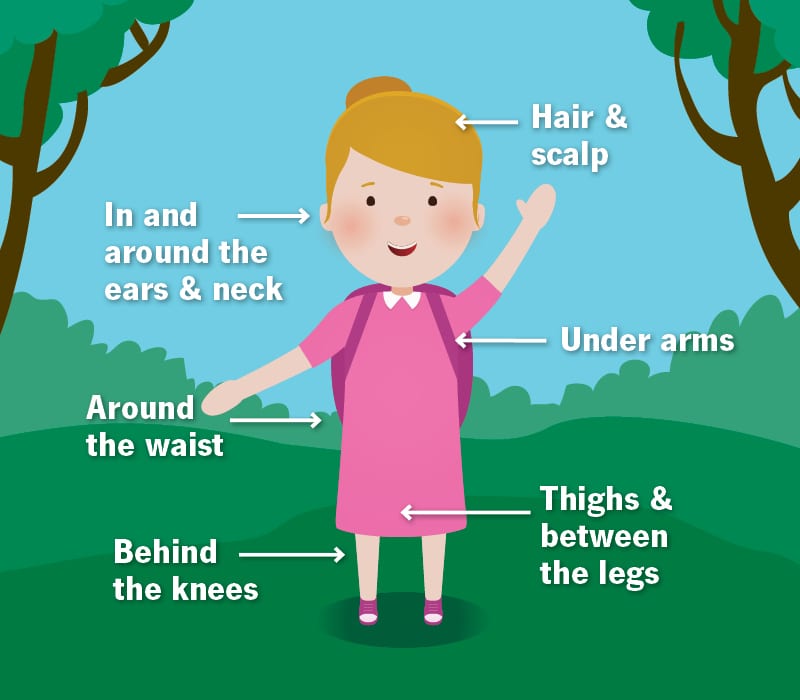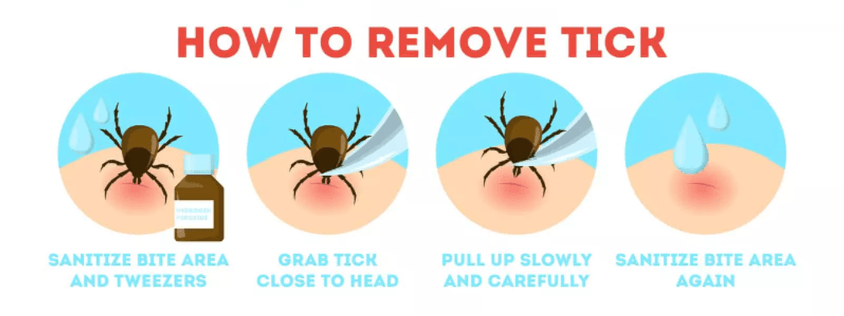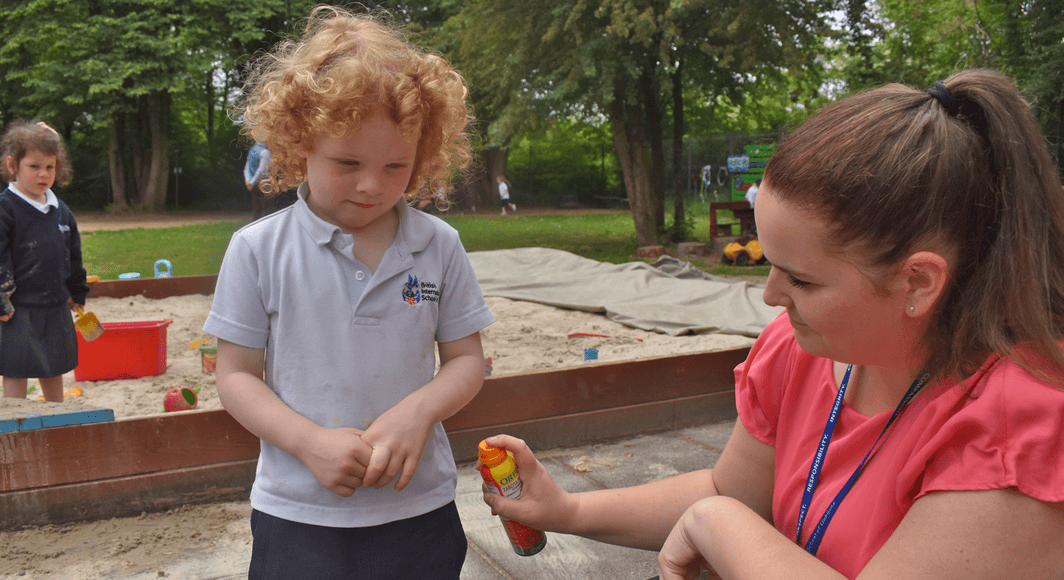The hot Summer months may not only mean fun in the sun, but also a potential higher risk of certain injuries. Our Summer Safety series from our School Nurse, Mrs Rismondo is here to help you be as prepared and safe as possible this summer!
During the warmer months, our students will spend a lot of time outside, learning and playing on our wonderful playground and in the woodland area. As such, it is prudent for us to think about tick protection.
Here are a few tips to help you and your children stay safe this summer:
1) Do regular tick checks.
A daily check, especially after playing outdoors, is one of the best ways to prevent tick-borne disease. Ticks like to hide in body folds, so pay particular attention to the navel, groin, under the armpits, behind the ears, nape of the neck, and scalp. Also, check where underwear elastic waistbands touch the skin.
2) Check your child’s hair, too.
Ticks are often found in children's hair. Run a fine-toothed comb through your child’s hair to check for ticks or run your fingers through their hair and scalp to feel for any bumps.

3) Light clothes are the right choice.
If your child plays outside in a wooded or tick-prone area, have them wear light-coloured clothing so ticks can be spotted more easily. If possible, tuck trousers into socks, wear a long-sleeved shirt tucked into trousers, and have your child wear a hat.
4) Consider a repellent.
Insect repellents containing DEET and Picaridin can be applied to a child’s exposed skin (though not on their hands or face, or on children younger than two months). Paediatricians recommend that products used on children should contain up to 30% DEET or 10% Picaridin. However, those products contain chemicals, and many parents prefer to use natural repellents made with plant oils such as citronella, lemongrass or cedarwood. Treat clothes (socks, shorts, trousers, shirt, shoes) with an effective tick repellent that kills ticks on contact.

5) After returning indoors.
When you child comes indoors, make sure they bathe or shower to wash away any unattached ticks. Also, throw their clothes into a hot dryer for 10-15 minutes before you wash them to kill any lingering ticks.
6) Remove a tick immediately.
Although ticks prefer wooded, brushy areas, most children get bitten by a tick when they’re playing or doing other activities, such as gardening at home. If you find a tick on your child, remove it immediately. Grasp the tick by its head, not its body, with fine-tipped tweezers. Slowly and steadily pull the tick straight out and then clean the area with soap and water. There is some debate about how long it takes for a tick to transmit Lyme bacteria, so the sooner you remove it the better. Still, you should monitor your child for any Lyme symptoms.

7) Warning signs.
If you remove a tick, continue to check your child for rashes for the next month. If your child develops flu-like symptoms, contact your doctor. Treatment for Lyme disease is more effective if begun early.




